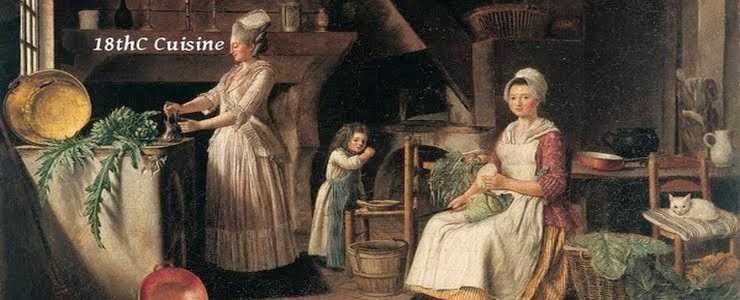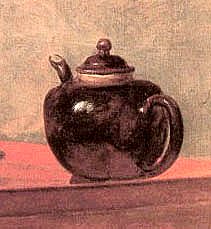
Take the fairest flowre you can get, and allay it with whites of eggs. Presently take the twelfth part of your paste, and spread it untill you may see through it. Butter your plate or tourte pan, spread this first sheet, dress it up, butter it at the top, and do the same to the number of six. Then put what cream you will, and make the top as the bottom to the number of six sheets. Bake your tourte leasurely, After it is baked, besprinkle it with water of flowers, sugar it well and serve.
You must have a care to work up your paste as soon as it is made, because it drieth up sooner than you are aware, and when it is dry, it is unusefull, because your sheets must be as thin as cobwebs, therefore you must choose a moist place.
* * * * *The French Cook, François Pierre La Varenne, Englished in 1653, p. 200.Basically this is describing using phyllo dough, and the adjuration to work it in a moist place is imperative. Thaw your dough in the fridge and place your 12 sheets of dough between waxed paper with a moist towel laid over the top. Remove one sheet at a time and recover the rest immediately. Lay your dough in a pan and brush with melted butter, one layer at a time.
Prepare a mixture of 5 oz of pounded almonds, 4 oz of sugar and 2 eggs. Pour into your pan and cover with 6 more layers of dough brushed with melted butter. You could also use
beurre cream or a cream cheese mixture with sugar and eggs.
Bake at 425°F for 5 minutes; then reduce temperature to 400°F and bake for 10-20 minutes more until golden brown and a broom straw inserted in the center comes out clean.
Removed from oven and sprinkle with orange or rose flower water and a sprinkle of sugar. Cool, slice and serve.



